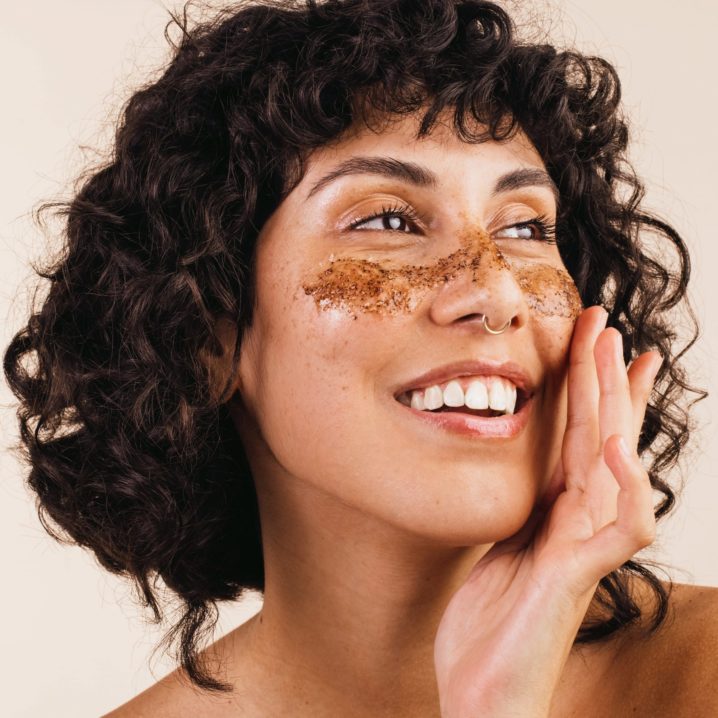
- POPSUGAR Australia
- Beauty
- How to Get Rid of Those Tiny Broken Capillaries on Your Face
How to Get Rid of Those Tiny Broken Capillaries on Your Face

- Broken capillaries are dilated blood vessels that appear on the surface of the skin.
- They can look like little red dots on the face and are very common.
- Laser treatments like the Pulsed Dye Laser can be quite effective in treating broken capillaries.
Maybe you’ve noticed a smattering of tiny red dots across your face and wondered what they are. If you’ve ruled out acne or acne scars, chances are those red marks are actually tiny broken capillaries.
If you’re unfamiliar, broken capillaries are small, dilated blood vessels that are visible on the surface of the skin and appear red in colour, although they tend to be harmless. They occur when the walls of the blood vessels beneath the surface of the skin are damaged and become dilated (aka enlarged). They can look like webbed spider veins, red splotches, or more enlarged singular veins. They usually pop up around your chin, cheeks, and nose, but can really show up anywhere on the face.
To better understand why they happen – and perhaps more importantly, how to treat them – we asked Jennifer Herrmann, MD, FAAD, a board-certified, fellowship-trained dermatologist and dermatologic surgeon, to breakdown everything you’d want to know about broken capillaries.
What Causes Broken Capillaries?
The reality is that anyone can get broken capillaries, but they just tend to show up more on people with lighter skin tones. People with rosacea are particularly prone to broken capillaries – both rosacea and broken capillaries are aggravated by heat. Other things that can cause broken capillaries are pregnancy hormones, birth control, sun damage, drinking alcohol, a violent sneeze or vomiting spell, or even just simple genetics.
How Can You Prevent Broken Capillaries?
Dr. Herrmann says that lifestyle-wise, you can reduce your sun exposure, limit alcohol intake, and treat rosacea through a combination of dietary modifications and potentially prescriptions.
“Anything that causes too much chronic redness or inflammation should be avoided,” she says, so you should also watch out for any harsh exfoliants – this includes microdermabrasion in your next facial.
Since heat and UV rays are the main things that will keep those broken capillaries coming back (and existing areas to enlarge), you want to apply generous amounts of broad-spectrum UVA and UVB sunscreen every day (even if it’s cloudy out!).
How to Treat Broken Capillaries
If you actually want to treat broken capillaries, Dr. Herrmann says, “The workhorse laser is the Pulsed Dye Laser, or PDL.”


